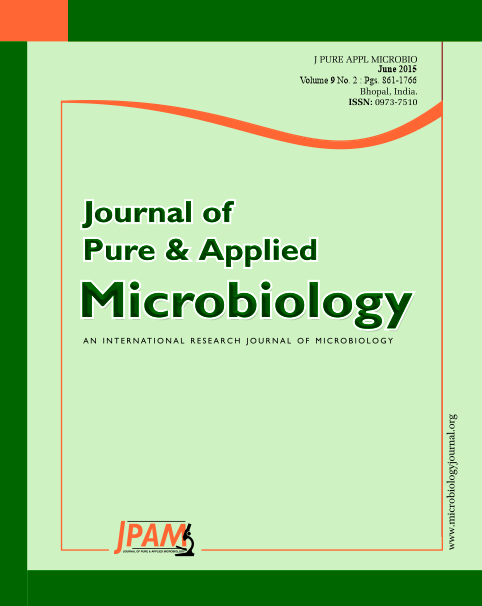Five plant parasitic nematodes were found association with pomegranate wilt complex along with fungus as they are Meloidogyne incognita, Helicotylenchus dihystera, Xiphinema sp., Dorylamid PPN, Rotylenchulus reniformis. In five nematodes predominant is Meloidogyne incognita. Community analysis of nematodes shows which one is more predominant. M. incognita was found with highest absolute frequency (85.71) and least was Dorylamid PPN (32.14). However, absolute density of M. incognita (14.50) was highest and least was Dorylamid PPN (1.86). In relative frequency, among five plant parasitic nematodes Meloidogyne incognita (139.54) was highest While least of Dorylamid PPN (52.32). Among five plant parasitic nematodes M. incognita (42.66) was highest and least in Dorylamid PPN (5.47) having relative density. The M. incognita (1.34) was highest least was Dorylamid PPN (0.10) were having prominence value.
Meloidogyne incognita, Helicotylenchus dihystera, Xiphinema sp., Dorylamid PPN, Rotylenchulus reniformis and Pomegranate
© The Author(s) 2015. Open Access. This article is distributed under the terms of the Creative Commons Attribution 4.0 International License which permits unrestricted use, sharing, distribution, and reproduction in any medium, provided you give appropriate credit to the original author(s) and the source, provide a link to the Creative Commons license, and indicate if changes were made.


